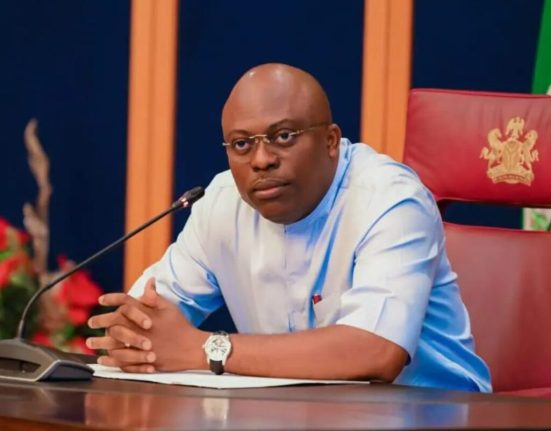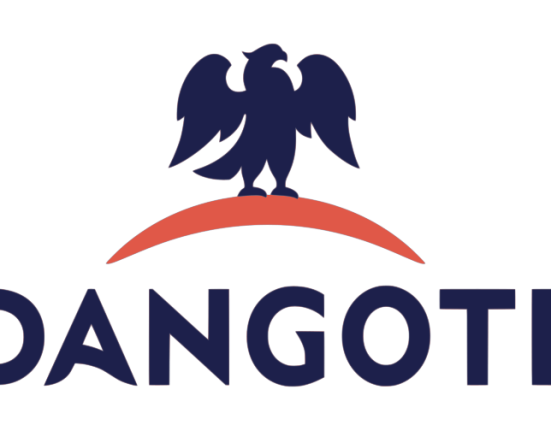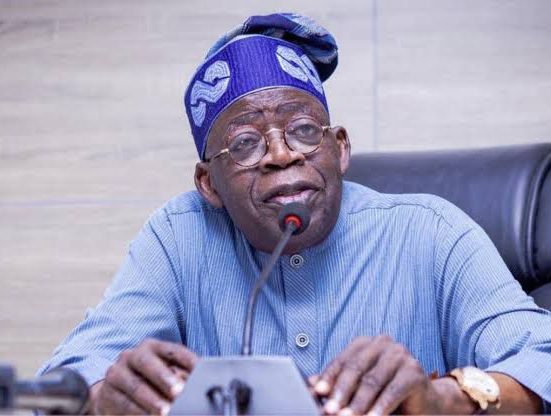The Federal Government has formally set the minimum admission age for Junior Secondary School (JSS1) at 12 years, reinforcing a structured age-based progression system within Nigeria’s basic education framework. The policy, which aligns with the guidelines of the National Policy on Education (NPE), is intended to standardise entry ages across nursery, primary, and secondary school levels, especially amid rising disparities between state and non-state school systems.
According to the Federal Ministry of Education, a child should spend three years in nursery school, beginning Nursery One at age three. By age five, they are expected to complete a year of pre-primary education (Kindergarten), followed by six years of primary education starting at age six. Therefore, by age twelve, a child should be ready to enter JSS1, completing basic education at 15 and preparing for senior secondary or other pathways.
The clarification around the JSS1 entry age also aligns with a broader push to regulate school transitions and curb the growing trend of underage admissions, especially in private institutions. Education stakeholders have repeatedly raised concerns about children being pushed too quickly through the system, often under pressure from parents and unregulated schools eager to boast rapid academic advancement.
The policy reaffirms that basic education in Nigeria spans nine years; six in primary and three in junior secondary school. Completion of primary education at the appropriate age is now a clear requirement for JSS1 admission. It also indirectly reinforces the rationale behind the university entry age being pegged at 18 years, even though the current Education Minister, Dr. Tunji Alausa, has rolled that threshold back to 16 years.
Beyond age structuring, the Federal Government’s latest directive brings fresh attention to the fast-expanding role of non-state (private) schools in the country’s education ecosystem. Often referred to as private, independent, or non-government schools, these institutions have become central to educational access, despite considerable variations in quality and regulation.
According to the Nigeria Education Digest 2022, non-state schools now outnumber state schools in junior secondary education in at least 26 of the 36 states. While state schools remain dominant at the primary level in 19 states, private schools are closing the gap quickly.
The growth of private schools over the past five years has also outpaced that of public schools significantly. Between 2017 and 2022, non-state primary schools grew by 31.56%, compared to a modest 3.3% growth in state-run primary schools. The difference is even starker at the junior secondary level: non-state schools grew by 35.06% during the same period, while their state counterparts grew by just 6.8%.
Education analysts have noted that while private schools have helped fill critical gaps in access, particularly in urban and semi-urban centres, the uneven growth also reflects broader challenges—such as underfunding of public schools, weak regulation, and disparities in educational outcomes.
The Ministry’s age-based policy signals a broader effort to reassert structure and accountability in the basic education system, while also addressing long-standing concerns about quality control, early childhood development, and age-appropriate learning across both public and private schools.








